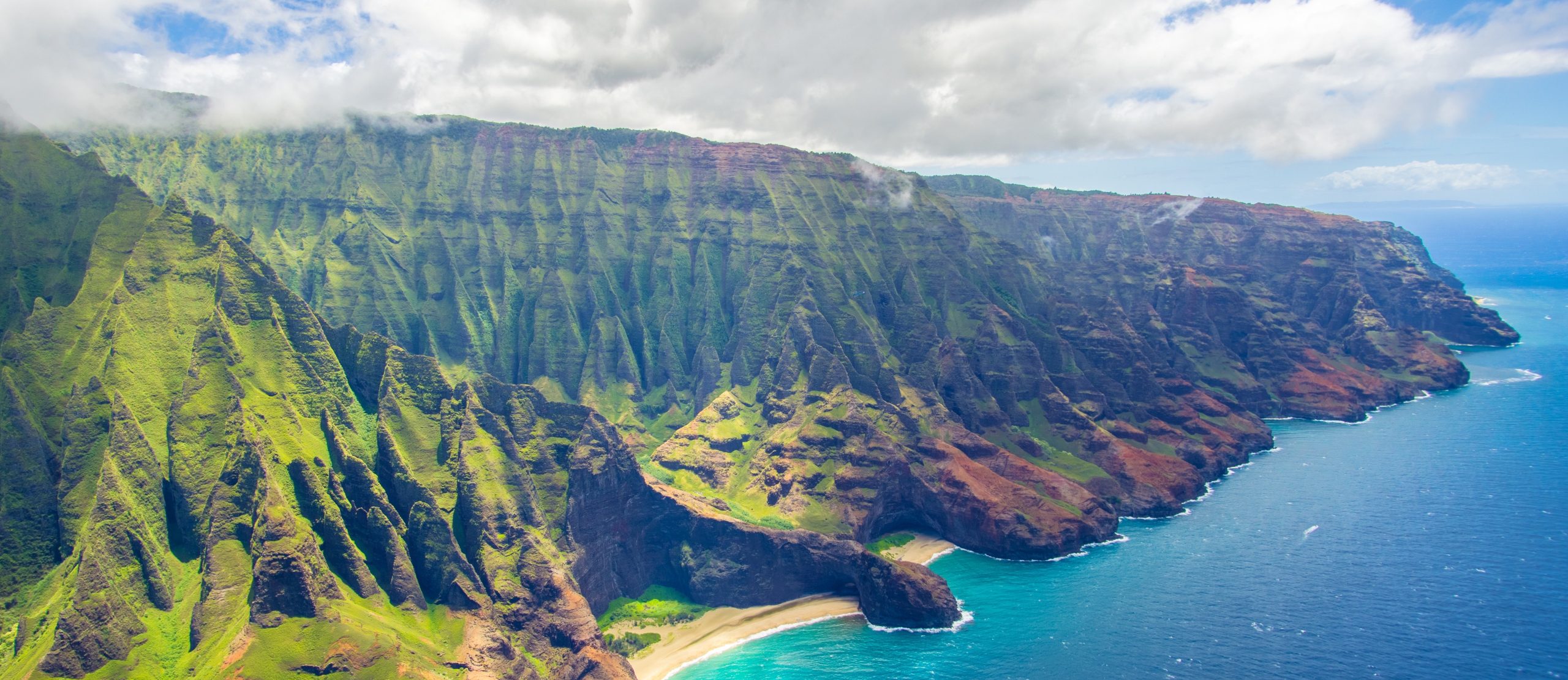Presented on September 20, 2023, by
Bin Wang, Professor Emeritus
Department of Atmospheric Sciences
School of Ocean and Earth Sciences
University of Hawaii at Manoa
Abstract
Five multi-year La Niña (ML) events have occurred since 1998, including two rare ‘triple’ La Nina. The clustered ML occurrence is phenomenal given that only ten ML events occurred since 1920o. Climate models have trouble reproducing the observed trends in ML and the Pacific mean climate. While an ML can be caused by the preceding extreme El Niño and attendant massive upper-ocean heat content discharge, three recent multiyear La Niña episodes (2007–08, 2010–11, and 2020–22) did not follow this paradigm. Why so many MLs emerged recently and whether they will become common sparked worldwide discussion, yet remains a puzzle.
We examined 20 La Niña events from 19201-2022 and found ML distinguishes from single-year La Niña by a conspicuous onset rate, which foretells its accumulative intensity and climate impacts. The eight MLs occurred after 1970, primarily following either a super El Niño (SE) or a central Pacific El Niño (CPE), forming two types of ML: SE2ML and CPE2ML. The latter is an emerging form in recent decades. We hypothesize that both types arise from the western Pacific (WP) warming and increased SST gradients in the west-to-central Pacific. The ML’s rapid onset and persistence are triggered by the WP warming-enhanced zonal advective feedback for CPE2ML and thermocline feedback for SE2ML. The WP warming also favors initiating SE and CPE events in the west Pacific, increasing the odds of ML occurrence. The results from the CESM2 large-ensemble climate simulations principally support the observed ML features and the ML-WP warming linkages. More MLs will exacerbate adverse socioeconomic impacts if the WP continues to warm relative to the CP.

